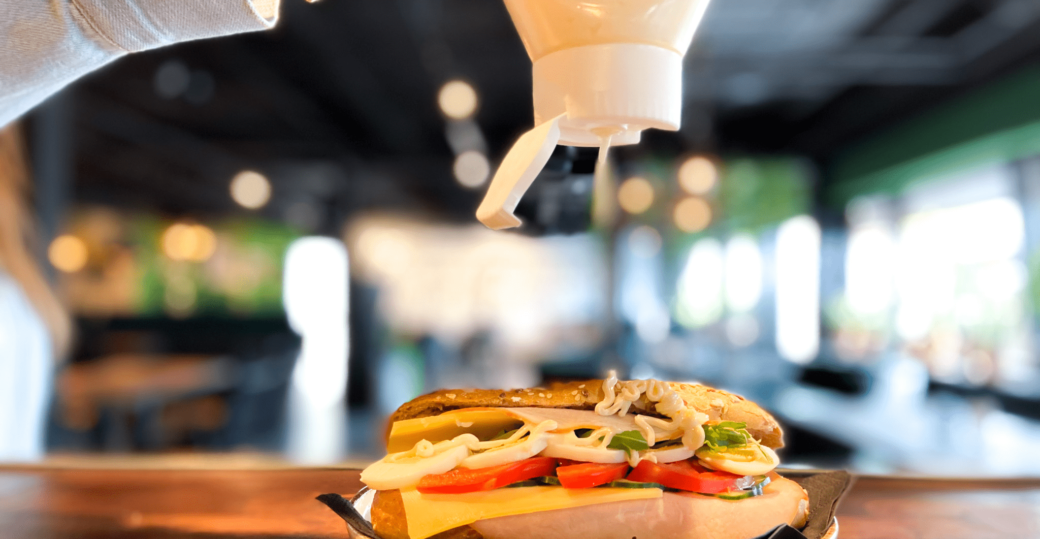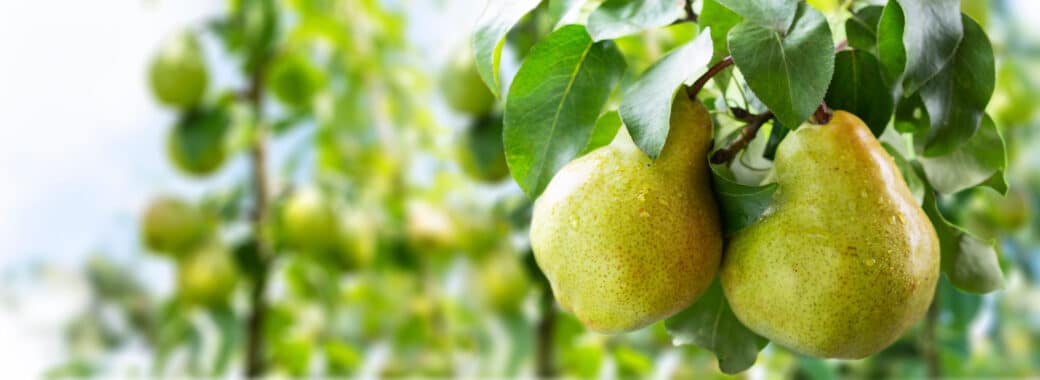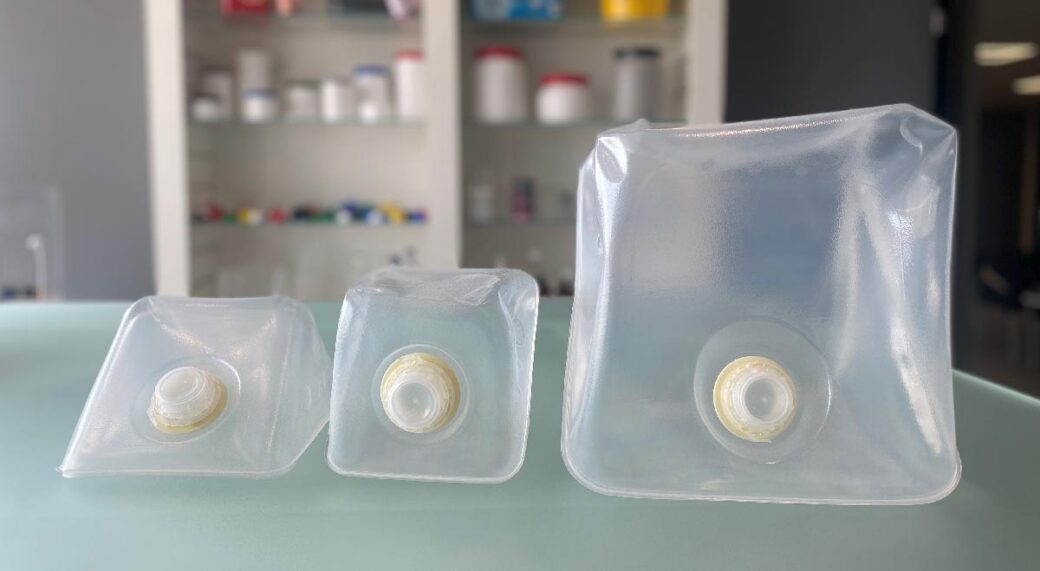Everything you need to know about post-consumer recycled packaging!
We supply products made from recycled material, from work clothing to packaging. Some of our product range of recycled packaging is made from post-consumer recycled plastic. In this article we answer the most frequently asked questions about this subject.
What is post-consumer recycled packaging?
Post-consumer recycled packaging is products that are made from waste in accordance with the following definition:
Post-consumer waste = material generated by households or by commercial, industrial and institutional facilities in their role as end-users of the product which can no longer be used for its intended purpose. this includes returns of material from the distribution chain. (Bron: iso 14021:2001 – environmental labels and declarations – self-declared environmental claims)
Post-consumer recycled is also referred to by the abbreviation PCR.
What is the origin of PCR raw materials?
As the definition indicates, the raw materials come from domestic waste. The type of domestic waste depends on the supplier of the PCR material. In the Netherlands the domestic waste is collected by Plastic Heroes and PMD, and then recycled by waste processors.
In what plastics are PCR products available?
We supply PCR products in HDPE and PP.
What is the composition of PCR packaging?
That depends on the type of plastic, the production method, the manufacturer and the packaging itself. Example: our PCR bottles series 1 consists of at least 95% of 100% PCR, the other 5% are additives.
In what colours are PCR packaging available?
Packaging made from PCR plastic can be produced with or without ink. Our PCR bottles series 1 are made from the uncoloured plastic in light grey and dark grey.
By adding ink, practically any colour can be obtained, but very light colours or transparent are not technically possible. This is in part due to the sorting, and partly due to the melting process whereby natural HDPE and PP discolours.
It is important, however, not to colour packaging black. The infra-red colour separator of the processor does not recognise this colour, whereby the product ends up with the ‘other waste’ and is not recycled further.
How can I see whether packaging is made from PCR plastic?
You cannot always tell from the product itself. Often on the underside of the plastic packaging you will see the relevant symbol as that is after all the material of the product. In some cases this is visibly shown on the packaging by for example it being indicated on the label.
The data sheet of the plastic from which the packaging is made states the relevant material. That is your guarantee when purchasing such a product.
Why is PCR sustainable?
The advantages of packaging made from PCR material compared with packaging made from virgin materials are:
- saves on the use of fossil fuels
- reduces carbon dioxide emissions
- reduces waste
- possible BREAAM points
What are the disadvantages of PCR packaging?
The disadvantages of packaging made from PCR HDPE and PP compared with packaging made from virgin materials are:
- unsuitable for foodstuffs
- very light colours or transparent are not possible
- no UN-approval is possible
Why isn’t there PCR packaging with UN-approval?
In this case, practice is ahead of legislation. In the law that describes UN approval it states that only packaging as of 200 litres is recyclable and reusable. In order to obtain UN approval the raw material supplier first of all has to be able to give a particular guarantee according to ISO standards that then has to be set down in the legislation. This matter has already been raised in Brussels by some major market parties.
Why is PCR packaging unsuitable for foodstuffs?
Due to legislation concerning food safety and the current method of recycling, PCR packaging cannot be declared as suitable for foodstuffs.
Is a bucket made from PCR plastic suitable for the mechanical shaker?
All our packaging comes with a data sheet in which the specifications of the product such as materials, weight, stackability or suitability for a mechanical shaker are stated. In theory, a bucket made from PCR plastic is suitable for the mechanical shaker, but in practice this depends on the type/model of the bucket (and therefore not on the PCR material). Do you want a bucket made from PCR material that is suitable for a mechanical shaker? Then please feel free to ask us for more information.
What are the claims based on?
We claim certain advantages for various packagings made from PCR materials. The specific advantage and the basis to the claim depends on the raw material, the production method, the manufacturer and the packaging itself.
For our products that are made from PCR HDPE and PP of Quality Circular Polymers, we claim a CO2 saving on the raw materials of 75% and 74% respectively. This is substantiated by their EPD.
For our packaging made from PCR HDPE of Quality Circular Polymers, we claim that they are made 100% from PCR. By this we mean that we do not use any virgin raw material in the production process.
For our packaging we also claim a 95% reduction in the use of fossil raw materials. This is based on the composition of our bottles: instead of virgin HDPE raw materials, we use PCR HDPE. As the bottles certainly contain 95% raw materials and approximately 5% additives, we say 95% in our claim.
Are closures made from PCR material available?
Ja, wij leveren ook schroefsluitingen van pcr HDPE.
What is the difference between PCR HDPE and rHDPE?
Both plastics are made from recycled HDPE, but the term PCR makes it immediately clear that the plastic originates from post-consumer recycled waste.
What PCR products are immediately available from stocks?
Check out the current range in our online catalogue.








